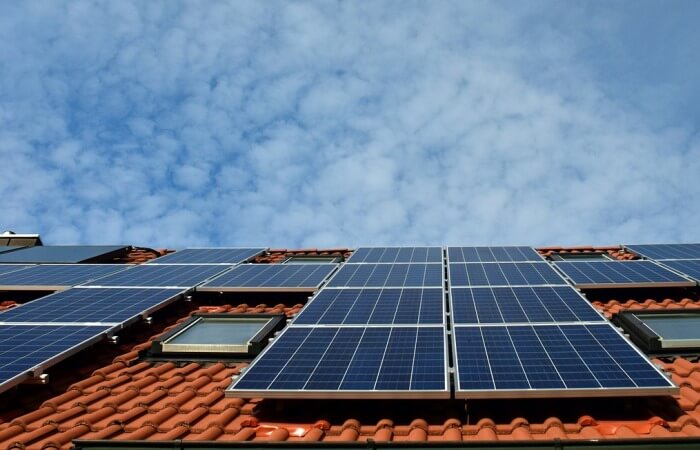Carbon dioxide laser

Carbon dioxide laser.
Carbon dioxide laser (laser on carbon dioxide, CO2-laser) gas laser with continuous radiation in the active medium of which is for receiving coherent electromagnetic waves in the IR band used carbon dioxide (CO2).
The device is carbon dioxide laser
Carbon dioxide laser:
Carbon dioxide laser (laser on carbon dioxide, CO2-laser) gas laserwith continuous radiation in the active medium of which is for receiving coherent electromagnetic waves in the IR band used carbon dioxide (CO2).
Carbon dioxide laser one of the first types of gas laser. Invented in 1964.
The principle of carbon dioxide laser based on the vibrational-rotational laser transitions. In these lasers use transitions between two vibrational levels of the molecule.
Carbon dioxide laser one of the most powerful lasers with continuous radiation. Its efficiency is 20 %.
Carbon dioxide lasers emit electromagnetic waves in the infrared range with a wavelength of 9.4 to 10.6 micrometers.
The CO2 laser have output power of several milliwatts (mW) to several hundred kilowatts (kW).
Carbon dioxide laser is used for engraving of rubber and plastic, cutting organic glass and metals, welding metals, including metals with very high conductivity, such as aluminum and brass, as well as in medicine for surgical operations.
The device is carbon dioxide laser:
The easiest type carbon dioxide laser is filled with gas, the active medium of gas-discharge tube. The discharge tube is closed from one side of the fully reflective mirror, and on the other hand, the output semi – transparent mirror.
Filling gas inside the gas discharge tube of a carbon dioxide laser consists of approximately 10-20% carbon dioxide (CO2), 10-20% nitrogen (N2), a few percent of hydrogen (H2) and (or) xenon (Xe). The remainder of the gas mixture falls in a helium (He). The specific proportions of the gases vary depending on the specific laser, from the received characteristics – wavelength, etc. Nitrogen, helium, hydrogen or xenon are necessary to improve the efficiency of the laser.
Population inversion of the excited molecules of carbon dioxide is achieved by a gas discharge in the following sequence. First, oscillations of molecules of nitrogen, then, in the collision of excited molecules of nitrogen with the CO2 molecules part of their vibrational energy is transferred to the molecules of CO2. Nitrogen molecules are left in a lower excited state. Their transition to the ground state takes place by collision with cold helium atoms, which is cooled by the collision of the walls of the discharge tube. Helium atoms must be cooled to maintain the ability of the gas mixture to produce the population inversion in carbon dioxide molecules. In turn, molecules of carbon dioxide, moving from the excited state to the ground, give a quantum of electromagnetic radiation (photon).
The mirrors of the resonator carbon dioxide laser usually have silver or gold (for power lasers) coating, and the lenses and Windows made from single crystals of germanium selenide or zinc – materials, well-transparent to infrared radiation in the working wavelength range.
Source: https://ru.wikipedia.org/wiki/Углекислотный_лазер
Note: © Photo //www.pexels.com, //pixabay.com


